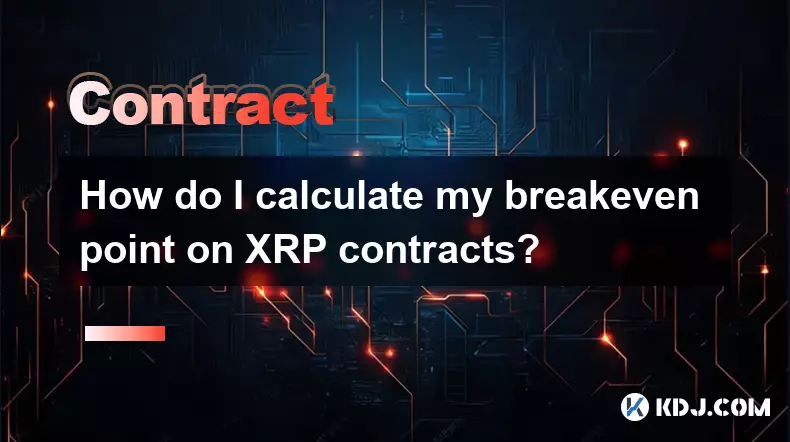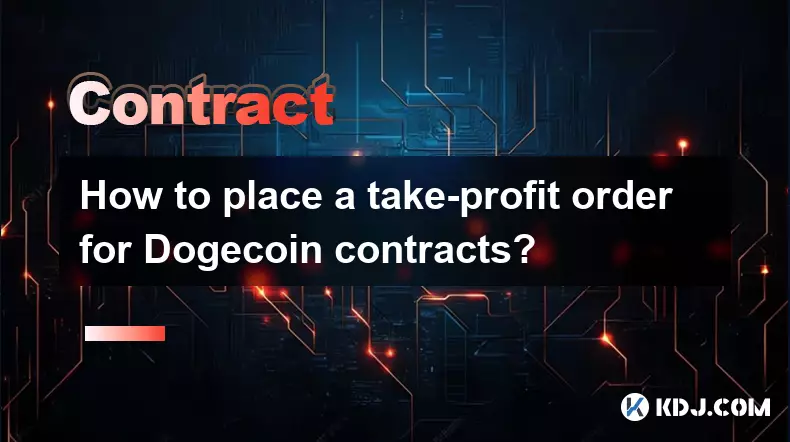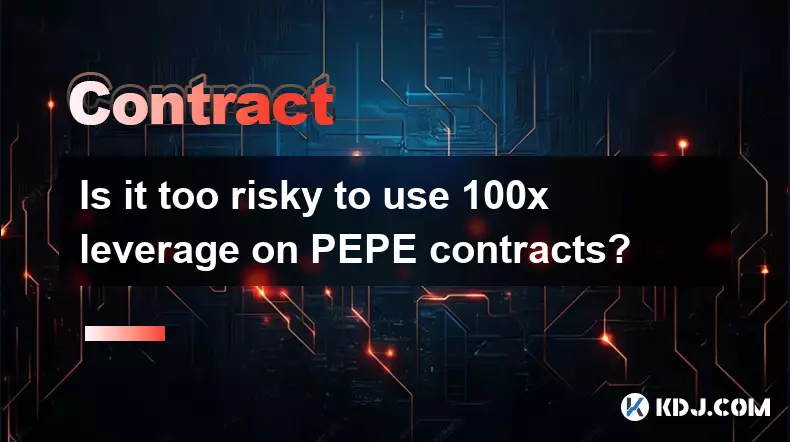-
 bitcoin
bitcoin $121833.232455 USD
-0.63% -
 ethereum
ethereum $4394.437030 USD
-2.00% -
 tether
tether $1.000570 USD
0.04% -
 bnb
bnb $1255.553465 USD
-3.73% -
 xrp
xrp $2.814944 USD
-1.59% -
 solana
solana $221.835346 USD
-2.40% -
 usd-coin
usd-coin $0.999869 USD
0.01% -
 dogecoin
dogecoin $0.249495 USD
-1.32% -
 tron
tron $0.336905 USD
-1.24% -
 cardano
cardano $0.816464 USD
-1.69% -
 chainlink
chainlink $22.130946 USD
-1.27% -
 hyperliquid
hyperliquid $44.208522 USD
-3.46% -
 ethena-usde
ethena-usde $1.000521 USD
0.02% -
 sui
sui $3.422897 USD
-2.51% -
 stellar
stellar $0.380164 USD
-1.31%
How to calculate the ROI for Ethereum contracts?
Accurately measuring Ethereum contract ROI requires tracking all costs in USD, including gas fees, and distinguishing realized gains from projected yields.
Oct 09, 2025 at 04:36 pm

Understanding Ethereum Contract ROI Basics
1. Return on Investment (ROI) for Ethereum contracts begins with tracking the initial capital deployed into a smart contract. This includes gas fees, token purchases, and any other transaction costs incurred during deployment or interaction.
2. The total investment must be calculated in a stable currency such as USD to maintain consistency. Fluctuations in ETH price can distort ROI if calculations are done purely in ether units.
3. Revenue generated from the contract—such as yield from DeFi protocols, trading profits, or staking rewards—must be recorded accurately over time. These inflows serve as the numerator in the ROI equation.
Accurate bookkeeping of all transactions linked to the contract is essential for reliable ROI measurement.Key Metrics Used in ROI Calculation
1. The basic ROI formula used is: (Net Profit / Total Investment) × 100. Net profit equals total returns minus total costs associated with the contract.
2. Gas expenses often represent a significant portion of operational cost, especially during periods of network congestion. These should be aggregated across all interactions, including function calls and token transfers.
3. Time-weighted returns may be applied when evaluating long-term contracts with multiple funding or withdrawal events. This method isolates performance from the timing of cash flows.
4. Annualized ROI provides a standardized comparison across different contract durations. A 3-month contract yielding 20% return equates to an annualized ROI of approximately 95%, assuming compounding.
Using consistent metrics allows investors to compare disparate Ethereum-based opportunities on equal footing.Analyzing Real-World Contract Scenarios
1. In liquidity provision on decentralized exchanges like Uniswap, ROI depends on trading fees earned and impermanent loss. High volatility pairs may generate substantial fees but also increase exposure to value divergence.
2. Yield farming strategies often involve depositing tokens into lending platforms such as Aave or Compound. Returns include both native protocol rewards and interest accrual, which fluctuate based on utilization rates.
3. Smart contract audits and security practices impact ROI indirectly. A compromised contract can lead to total loss, rendering even high projected returns meaningless.
4. Some contracts implement auto-compounding mechanisms that reinvest earnings periodically. These require adjusted calculations to reflect compounded growth over time rather than simple linear returns.
Realized gains must be differentiated from unrealized or projected yields to avoid inflated ROI estimates.Common Challenges in Measuring ROI
1. Price volatility of ERC-20 tokens makes it difficult to assess true profitability. A contract might show positive nominal returns, but if the underlying token depreciates significantly, the actual value may decline.
2. Slippage during swaps or large withdrawals affects net proceeds. Transactions executed under unfavorable market conditions reduce effective returns.
3. Oracles feeding external data into contracts can introduce inaccuracies. Mispriced assets due to oracle manipulation or delay may trigger unwanted liquidations or miscalculated payouts.
4. Upgradeable proxy contracts add complexity. If logic changes post-deployment, historical ROI calculations may not reflect future behavior, requiring segmentation of performance before and after upgrades.
Frequently Asked Questions
How do you account for gas fees when calculating ROI on Ethereum contracts?Gas fees should be converted into USD at the time of transaction and summed across all interactions related to the contract. This total becomes part of the initial investment cost, directly reducing net profit and overall ROI.
Can ROI be negative even if a contract generates yield?Yes. If gas expenses, token depreciation, or impermanent loss exceed the income generated, the net result will be negative. For example, providing liquidity during extreme market swings can lead to losses despite earning trading fees.
What tools help track ROI for Ethereum-based contracts?Platforms like Zapper.fi, Zerion, and DeBank automatically aggregate wallet activity and display performance metrics. Custom solutions using The Graph to index contract events also allow precise ROI tracking tailored to specific use cases.
Is it possible to calculate ROI for non-financial smart contracts?For non-financial applications such as identity verification or supply chain tracking, traditional ROI formulas don't apply directly. Instead, efficiency gains, cost savings, or reduced fraud incidents are quantified and valued in monetary terms to estimate return.
Disclaimer:info@kdj.com
The information provided is not trading advice. kdj.com does not assume any responsibility for any investments made based on the information provided in this article. Cryptocurrencies are highly volatile and it is highly recommended that you invest with caution after thorough research!
If you believe that the content used on this website infringes your copyright, please contact us immediately (info@kdj.com) and we will delete it promptly.
- Chainlink, Reserve, LINK Price: Decoding the Signals
- 2025-10-10 10:45:14
- Meme Coins, ETFs, and Crypto Regulations: Navigating the Wild West of Digital Finance
- 2025-10-10 10:25:15
- HYPE, PENGU, and BlockDAG: Decoding Crypto's Latest Moves
- 2025-10-10 10:25:15
- Robinhood, Zora, and the Web3 Creator Revolution: A New York Minute on Tokenized Futures
- 2025-10-10 10:30:01
- Trump, Super Bowl, and Halftime: A Wild 2025 Ride
- 2025-10-10 10:30:01
- Cardano, XRP, and DeFi Integration: A Bombshell Development?
- 2025-10-10 08:25:17
Related knowledge

How to calculate the ROI for Ethereum contracts?
Oct 09,2025 at 04:36pm
Understanding Ethereum Contract ROI Basics1. Return on Investment (ROI) for Ethereum contracts begins with tracking the initial capital deployed into ...

How do I calculate my breakeven point on XRP contracts?
Oct 09,2025 at 08:36pm
Understanding the Breakeven Point in XRP Futures TradingCalculating the breakeven point for XRP contracts is essential for traders who engage in futur...

How to place a take-profit order for Dogecoin contracts?
Oct 10,2025 at 05:01am
Understanding Take-Profit Orders in Dogecoin Futures Trading1. A take-profit order is a tool used by traders to automatically close a position when th...

What are the settlement procedures for XRP contracts?
Oct 09,2025 at 04:01pm
Understanding XRP Futures and Derivative Contracts1. XRP derivative contracts are typically offered by cryptocurrency exchanges that support margin tr...

How to reduce trading fees for Bitcoin contracts?
Oct 09,2025 at 02:37pm
Understanding Bitcoin Contract Trading Fees1. Trading fees on Bitcoin contracts are typically charged by exchanges for executing buy and sell orders. ...

Is it too risky to use 100x leverage on PEPE contracts?
Oct 09,2025 at 04:18pm
Understanding 100x Leverage in PEPE Contracts1. Trading PEPE contracts with 100x leverage allows traders to control a much larger position using a sma...

How to calculate the ROI for Ethereum contracts?
Oct 09,2025 at 04:36pm
Understanding Ethereum Contract ROI Basics1. Return on Investment (ROI) for Ethereum contracts begins with tracking the initial capital deployed into ...

How do I calculate my breakeven point on XRP contracts?
Oct 09,2025 at 08:36pm
Understanding the Breakeven Point in XRP Futures TradingCalculating the breakeven point for XRP contracts is essential for traders who engage in futur...

How to place a take-profit order for Dogecoin contracts?
Oct 10,2025 at 05:01am
Understanding Take-Profit Orders in Dogecoin Futures Trading1. A take-profit order is a tool used by traders to automatically close a position when th...

What are the settlement procedures for XRP contracts?
Oct 09,2025 at 04:01pm
Understanding XRP Futures and Derivative Contracts1. XRP derivative contracts are typically offered by cryptocurrency exchanges that support margin tr...

How to reduce trading fees for Bitcoin contracts?
Oct 09,2025 at 02:37pm
Understanding Bitcoin Contract Trading Fees1. Trading fees on Bitcoin contracts are typically charged by exchanges for executing buy and sell orders. ...

Is it too risky to use 100x leverage on PEPE contracts?
Oct 09,2025 at 04:18pm
Understanding 100x Leverage in PEPE Contracts1. Trading PEPE contracts with 100x leverage allows traders to control a much larger position using a sma...
See all articles

























![Web3 Crypto Market Morning Report: Fomo on the Bnb chain continues, Binance launches the chain-sweeping platform Meme Rush, the market value of Xiuxian exceeds 40 million U.S. dollars, OK Binance business war begins [Vic TALK Issue 1437] Web3 Crypto Market Morning Report: Fomo on the Bnb chain continues, Binance launches the chain-sweeping platform Meme Rush, the market value of Xiuxian exceeds 40 million U.S. dollars, OK Binance business war begins [Vic TALK Issue 1437]](/uploads/2025/10/10/cryptocurrencies-news/videos/web-crypto-market-morning-report-fomo-bnb-chain-continues-binance-launches-chainsweeping-platform-meme-rush-market-xiuxian-exceeds-dollars-binance-business-war-vic-talk-issue/68e861c5dbd1c_image_500_375.webp)
















































